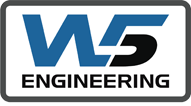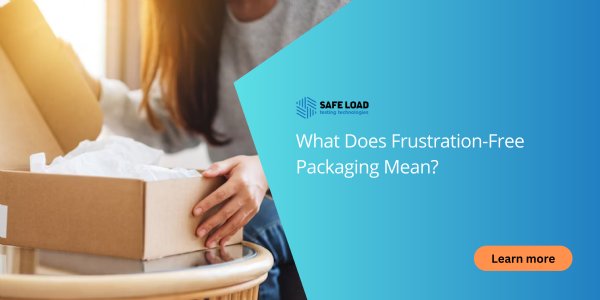In today’s rapidly evolving transportation industry, companies are under increasing pressure to become more sustainable and efficient. The global push for sustainability, along with the need to optimize operations, such as sustainable Packaging, has driven businesses to seek innovative solutions.
One such solution is the use of transport simulation machines, which have proven to be invaluable tools for achieving sustainability goals and enhancing overall efficiency. In this article, we’ll explore how these machines can help your company become more sustainable and efficient.





